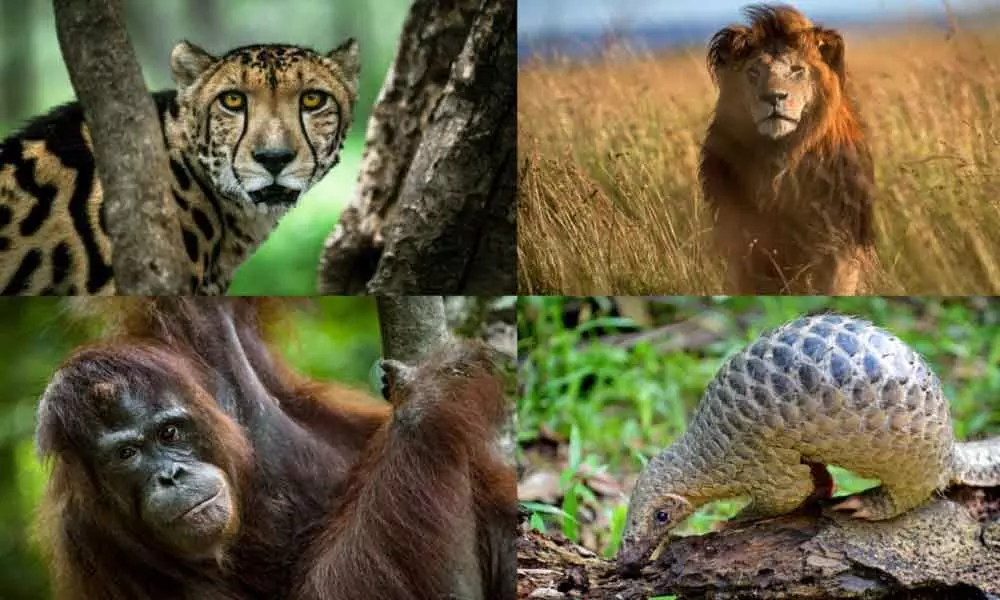Human activity reducing numbers of predatory animals: Study

Predatory animals, especially small invertebrates like spiders and ladybird beetles, are most likely to be lost when natural habitats are converted to agricultural land, or towns and cities, according to a global study.
Predatory animals, especially small invertebrates like spiders and ladybird beetles, are most likely to be lost when natural habitats are converted to agricultural land, or towns and cities, according to a global study.
Small ectotherms - cold blooded animals such as invertebrates, reptiles and amphibians, large endotherms, including mammals and birds, and animals that eat fungi were also disproportionally affected, researchers said. The reduction in numbers is in abundance of 25-50 per cent compared to natural habitats, according the researchers from the University College London (UCL) in the UK.
The study, published in the journal Functional Ecology, analysed over one million records of animal abundance at sites ranging from primary forest to intensively managed farmland, and cities. The data represented over 25,000 species across 80 countries. Species were grouped by size, whether they were warm or cold blooded and by what they eat. Species ranged from the oribatid mite weighing only 2x10-6 grammes, to an African elephant weighing 3,825 kilogrammes. "Normally when we think of predators, we think of big animals like lions or tigers," said lead author of the research, Tim Newbold from UCL.
"These large predators did not decline as much as we expected with habitat loss, which we think may be because they have already declined because of human actions in the past (such as hunting)," Newbold said. The researchers found that small predators -- such as spiders and ladybirds -- show the biggest declines. The results indicate that the world's ecosystems are being restructured with disproportionate losses at the highest trophic levels -- top of the food chain. Knowing how different animal groups are impacted by changing land-use could help us better understand how these ecosystems function, and the consequences of biodiversity change.
"We know that different types of animals play important roles within the environment -- for example, predators control populations of other animals," said Newbold. "If some types of animals decline a lot when we lose natural habitats, then they will no longer fulfil these important roles," he said. The conversion of land to human use is associated with the removal of large amounts of natural plant biomass, usually to give space for livestock and crops, the researchers noted. The limiting of the quantity and diversity of resources available at this level potentially explains the disproportionate reductions in predators seen in this study, they said.




















